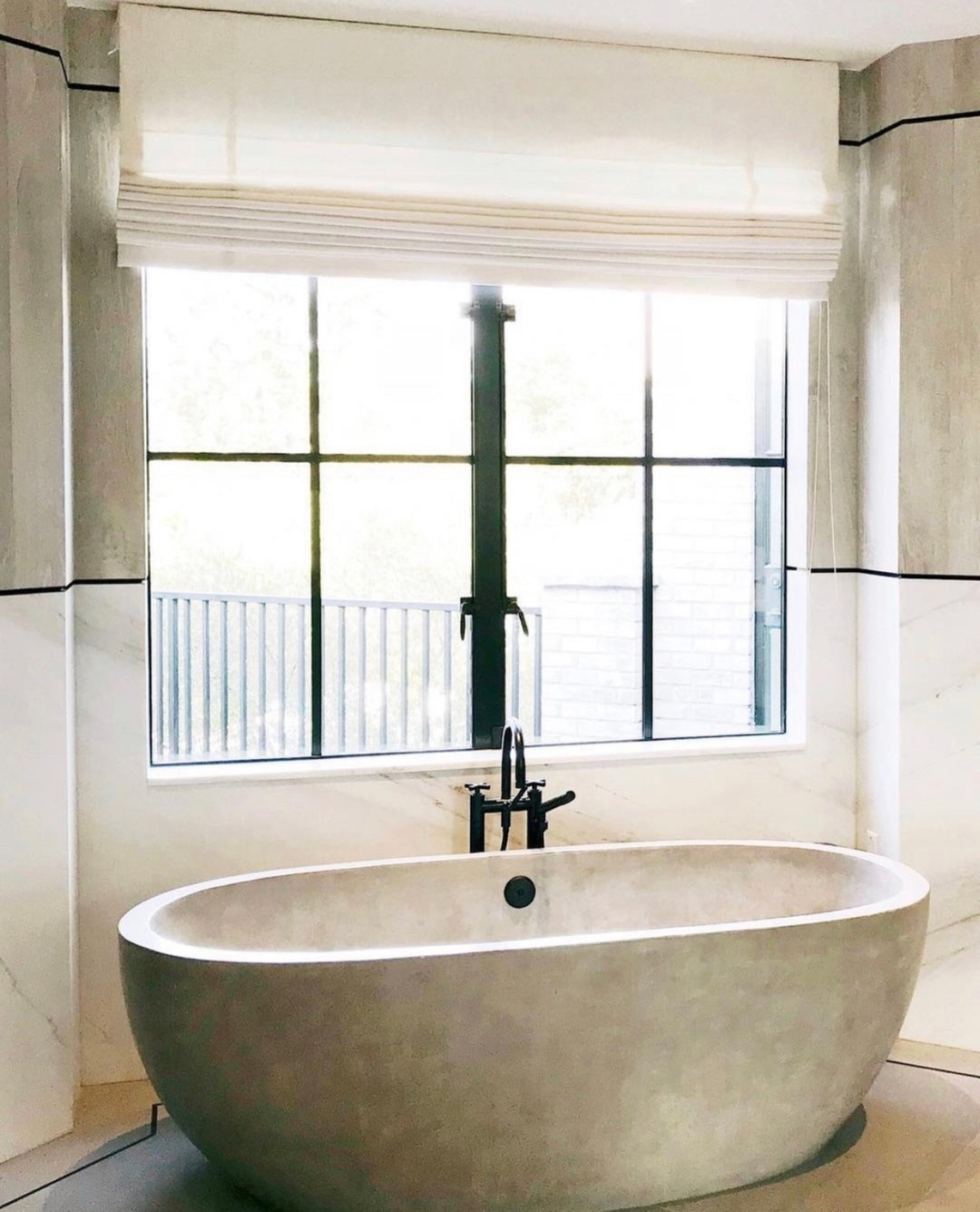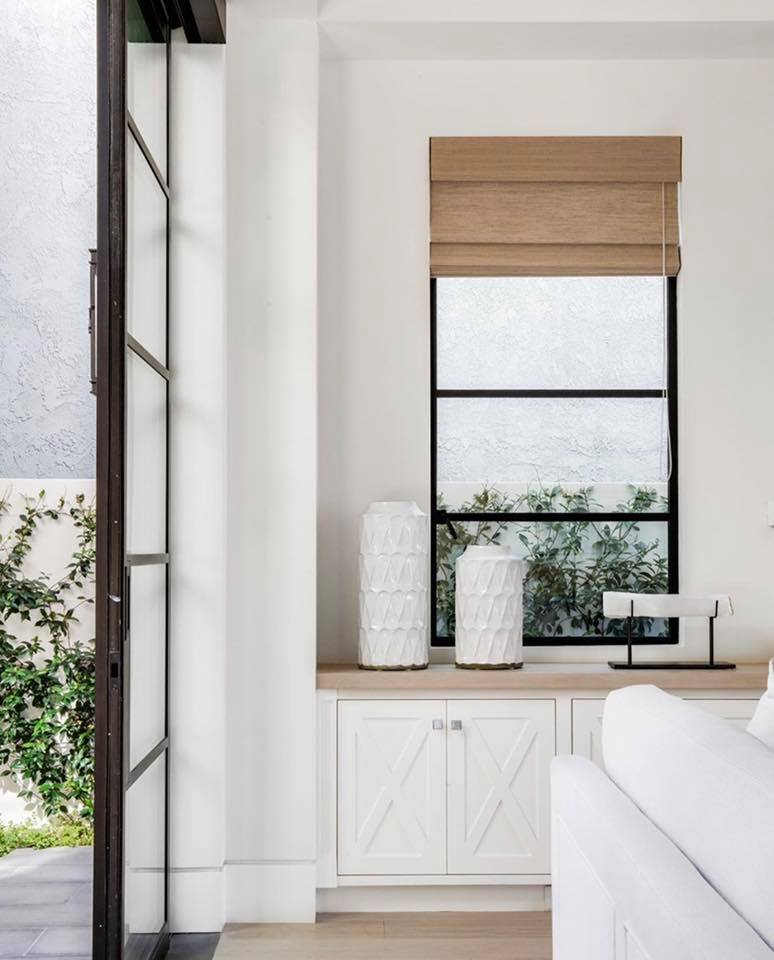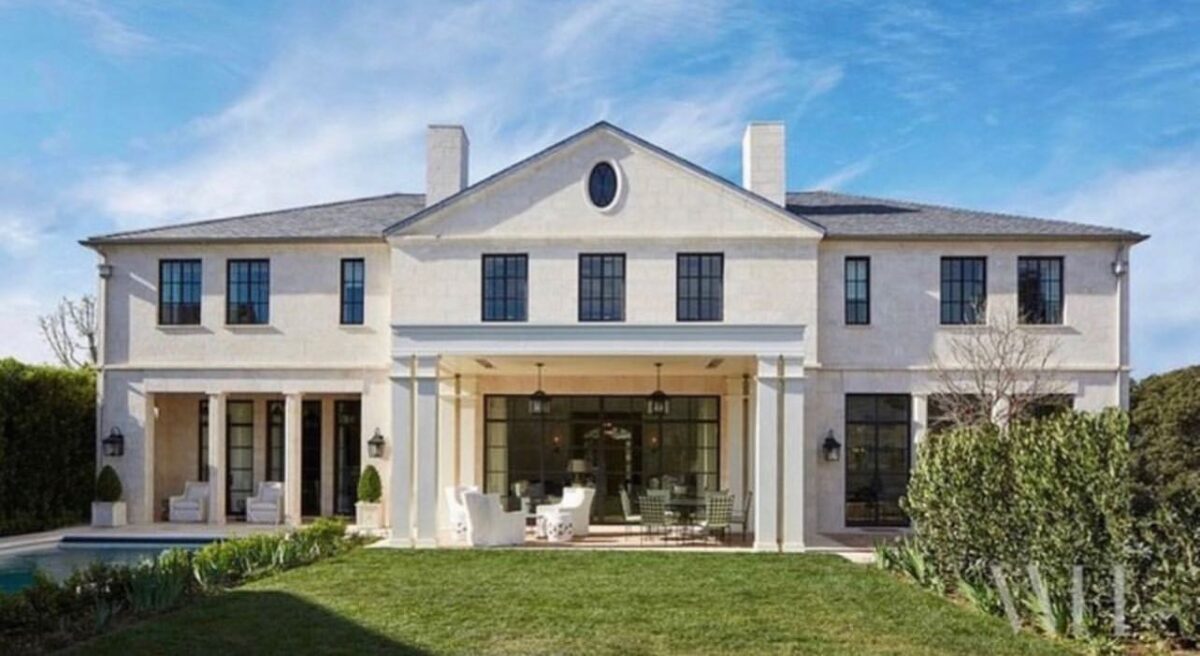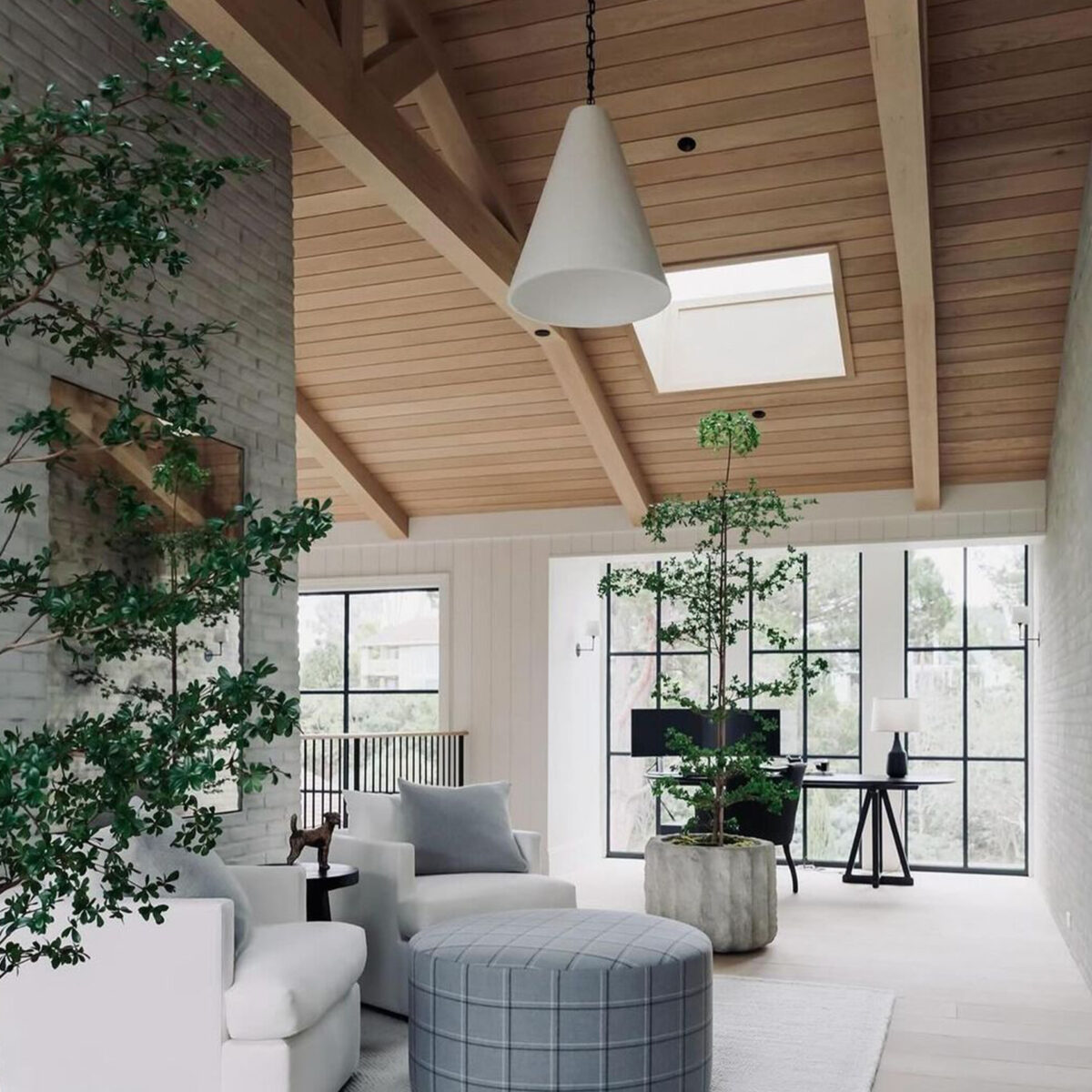Key Takeaways:
- Fire-rated windows are essential for passive fire protection, helping to prevent the spread of fire and smoke.
- The fire rating of a window determines how long it can resist heat and flames, typically ranging from 30 minutes to 90 minutes or more.
- Steel Casement Windows and Steel Windows and Doors are ideal for fire protection due to the strength and durability of steel.
- Awnings and Window Hoppers can provide ventilation while maintaining fire resistance, making them a great option for commercial buildings.
- Compliance with local building codes and fire safety regulations is crucial when selecting fire-rated windows for your building.
When designing or renovating a commercial building, fire safety is a critical aspect that must never be overlooked. One of the most effective ways to prevent the spread of fire and protect the structure is by selecting the right fire-rated windows. Steel windows and doors, including Steel Casement Windows, Curtain Wall Windows, and Awnings and Window Hoppers, all play significant roles in providing this protection.
Key points to Choosing the Right Fire-Rated Windows for Your Commercial Building are:
- The Importance of Fire-Rated Windows
- Key Factors to Consider When Choosing Fire-Rated Windows
- Building Codes and Regulations
- Ensuring Safety with Euroline Steel Windows & Doors
In this article, we will guide you through the process of choosing the right fire-rated windows for your commercial building, ensuring safety and compliance with fire protection regulations.
The Importance of Fire-Rated Windows
Fire-rated windows are designed to delay the spread of fire and smoke, providing more time for occupants to evacuate safely and for fire services to contain the blaze. They act as barriers that help control the movement of fire, ensuring that it doesn’t spread from one compartment of the building to another.
Choosing the right fire-rated windows is crucial, especially for commercial buildings that house many people, valuable assets, and sensitive equipment. Fire-resistant windows, like Steel Windows and Doors, are a cornerstone of any fire safety strategy, providing both safety and durability.
What Are Fire-Rated Windows?
Fire-rated windows are specially designed to resist fire for a specified amount of time, which is determined by their fire rating. This rating is typically expressed in hours, such as 30 minutes, 60 minutes, or even 90 minutes. The higher the fire rating, the longer the window will resist the heat and flames of a fire. These windows are an essential component of passive fire protection systems, helping to contain fires and preventing their rapid spread through a building.
Key Factors to Consider When Choosing Fire-Rated Windows
Choosing the right fire-rated windows involves more than just considering the fire rating. Several factors come into play, including the type of window, the material used, and the specific requirements of your building. Below are some key considerations when selecting the right fire-rated windows for your commercial building.
1. Fire Rating of the Window
The fire rating of the window determines how long it will withstand exposure to fire and heat. Depending on your building’s layout, fire load, and local building codes, you may need windows with different fire ratings. Here are some common fire ratings for windows:
- 30-Minute Fire-Rated Windows: Ideal for areas with low fire risk, such as storage rooms or hallways.
- 60-Minute Fire-Rated Windows: Suitable for commercial spaces that require more fire protection.
- 90-Minute or Higher Fire-Rated Windows: Necessary for high-risk areas, such as stairwells or elevator shafts.
For instance, Steel Casement Windows may come in various fire ratings to suit the specific needs of your building. Understanding your building’s fire safety requirements is essential for selecting the right fire rating.
2. Material of the Window Frame
The material of the window frame plays a critical role in its ability to resist fire. Steel windows and doors are particularly effective at resisting heat and flames due to the inherent properties of steel. Steel frames do not warp or bend when exposed to high temperatures, making them a reliable choice for fire-rated windows.
Here are some common materials for fire-rated window frames:
- Steel Frames: These offer excellent fire resistance and durability. Steel Casement Windows with steel frames are ideal for providing maximum fire protection.
- Aluminum Frames: While lightweight and cost-effective, aluminum frames do not offer the same level of fire resistance as steel frames.
- Wood Frames: Wood is not typically used for fire-rated windows, as it is highly flammable and does not meet fire protection standards.
Opting for Steel Windows and Doors ensures that the window frame will maintain its integrity in the event of a fire, preventing the spread of flames.
3. Type of Glass Used
The type of glass used in fire-rated windows is just as important as the frame. Fire-resistant glass is specifically designed to withstand high temperatures and prevent flames from passing through. The glass used in fire-rated windows can be either tempered, wired, or ceramic, each offering different levels of fire resistance:
- Wired Glass: This glass has a metal mesh embedded inside, which helps prevent it from shattering under heat. It is often used in Steel Casement Windows.
- Ceramic Glass: Known for its high heat resistance, ceramic glass is ideal for windows with higher fire ratings.
- Tempered Glass: While not as heat-resistant as ceramic glass, tempered glass still offers substantial fire protection.
Using fire-resistant glass in combination with a strong steel frame enhances the overall performance of fire-rated windows, ensuring that your windows will perform well under fire conditions.
4. Window Design and Functionality
When selecting fire-rated windows, it’s essential to consider how the windows will function within the building’s design. Different types of windows offer different benefits based on their functionality. Awnings and Window Hoppers are two types of windows that can contribute to fire safety in commercial buildings.
- Awnings and Window Hoppers: These windows can be designed to offer fire resistance while still providing ventilation. They are particularly useful in buildings where airflow is needed, but fire safety cannot be compromised.
- Curtain Wall Windows: These windows are commonly used in high-rise commercial buildings and offer both aesthetic appeal and fire protection. They are designed to withstand fire exposure, making them ideal for taller buildings.
The type of window you choose will depend on the specific needs of your building, such as whether you require natural ventilation or aesthetic considerations.
Building Codes and Regulations
It is essential to ensure that the fire-rated windows you choose comply with local building codes and regulations. Building codes vary depending on your location, and different regions may have specific requirements for fire protection systems, including the types of windows that can be used in commercial buildings. These codes are designed to ensure that your building meets minimum safety standards and can withstand fire hazards.
Compliance with NFPA and UL Standards
In the United States, fire-rated windows must comply with standards set by organizations like the National Fire Protection Association (NFPA) and Underwriters Laboratories (UL). These organizations provide guidelines for the installation and performance of fire-rated windows, ensuring that they meet rigorous safety standards.
Before purchasing and installing fire-rated windows, check with local authorities and ensure that the windows are compliant with the applicable fire safety codes and regulations.
Ensuring Safety with Euroline Steel Windows & Doors
Choosing the right fire-rated windows is a critical decision for ensuring the safety of your commercial building. Steel windows and doors offer outstanding fire protection, while Steel Casement Windows, Curtain Wall Windows, and Awnings and Window Hoppers each provide unique benefits to meet specific fire protection needs. The key to selecting the right fire-rated windows is understanding the fire ratings, materials, and functionality required for your building.
By considering factors such as fire rating, window material, and glass type, you can ensure that your commercial building is protected in the event of a fire. For top-quality fire-rated windows that meet your needs, trust Euroline Steel Windows & Doors. Their fire-resistant Steel Windows and Doors provide superior protection and peace of mind.





